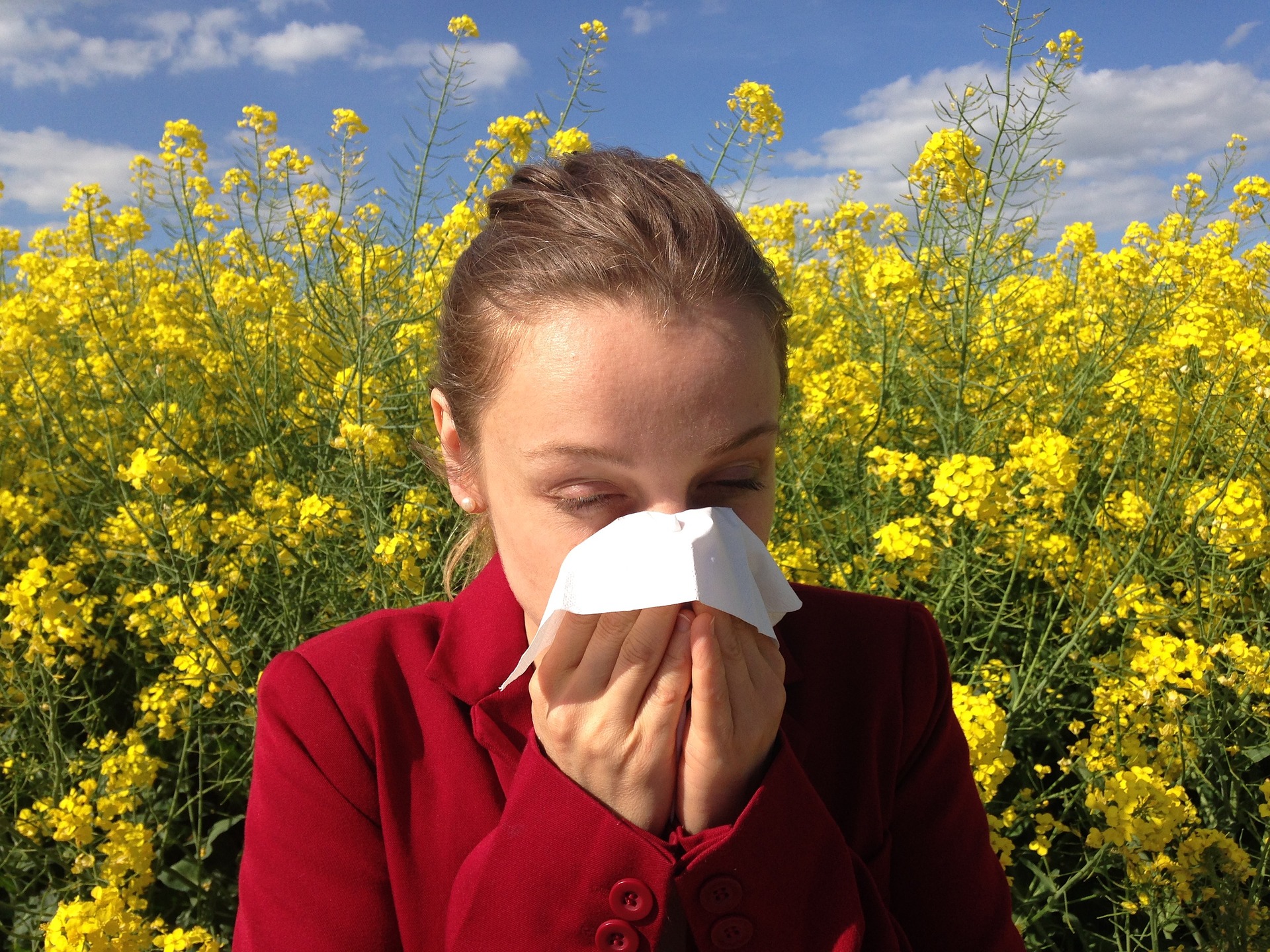Learn to Address Environmental Allergies
For many allergy sufferers, allergies flare in the fall season. Since allergies are so multifactorial, sometimes it can be difficult to pinpoint a cause.
Common environmental causes of fall allergies include molds, ragweed pollen, smoke particulates from wood burning fireplaces, pet dander, agricultural dust and household dust-mites. With pollen allergies, it is recommended to keep your windows closed. However, with household allergies, irritants can get trapped inside the home and recirculate, so good ventilation is important. Making matters worse, most heating systems tend dry out the sinuses, increasing vulnerability to irritants.
Common environmental causes of fall allergies include molds, ragweed pollen, smoke particulates from wood burning fireplaces, pet dander, agricultural dust and household dust-mites. With pollen allergies, it is recommended to keep your windows closed. However, with household allergies, irritants can get trapped inside the home and recirculate, so good ventilation is important. Making matters worse, most heating systems tend dry out the sinuses, increasing vulnerability to irritants.
Environmental factors and internal factors combine to create an allergic threshold, the level at which an exposure will trigger an allergic response. Something that might not normally set off allergies can do so, if someone is close to their threshold. This is phenomenon varies from person to person, and can depend on nutrient status, genetics, body burden of toxicity, and other susceptibility factors such as gut and immune health.
Imbalances in the digestive system, the immune system, and detoxification pathways are a few internal factors that can contribute to allergies. Diets high in pro-inflammatory foods, histamine producing foods, or other food sensitivities can contribute to an irritated digestive tract and imbalanced gut flora, which both alter immune tolerance. If one’s liver is overburdened with toxins, it will be less able to break down histamines and other pro-allergic compounds. Certainly stress also impacts one’s allergic threshold. If the cells are using up nutrients to break down stress-related compounds like epinephrine and norepinephrine, the pathways to break down allergic compounds can become sluggish.
Allergies can range from being uncomfortable to downright debilitating, so it’s important to have treatments that both shorten duration of attacks and that reduce susceptibility in the longer term. By addressing underlying susceptibilities and nourishing the immune system, allergy sufferers can experience life changing results.



